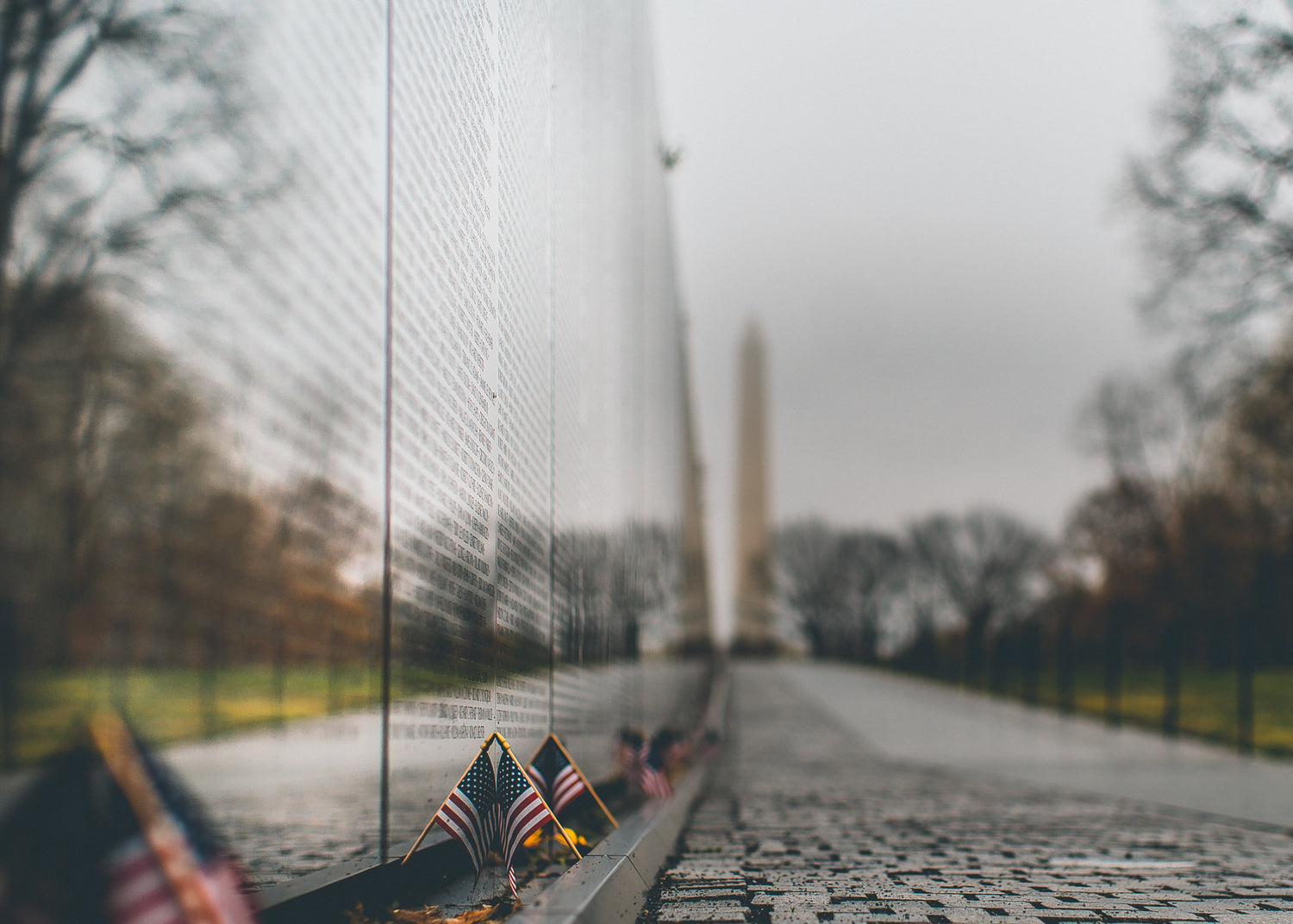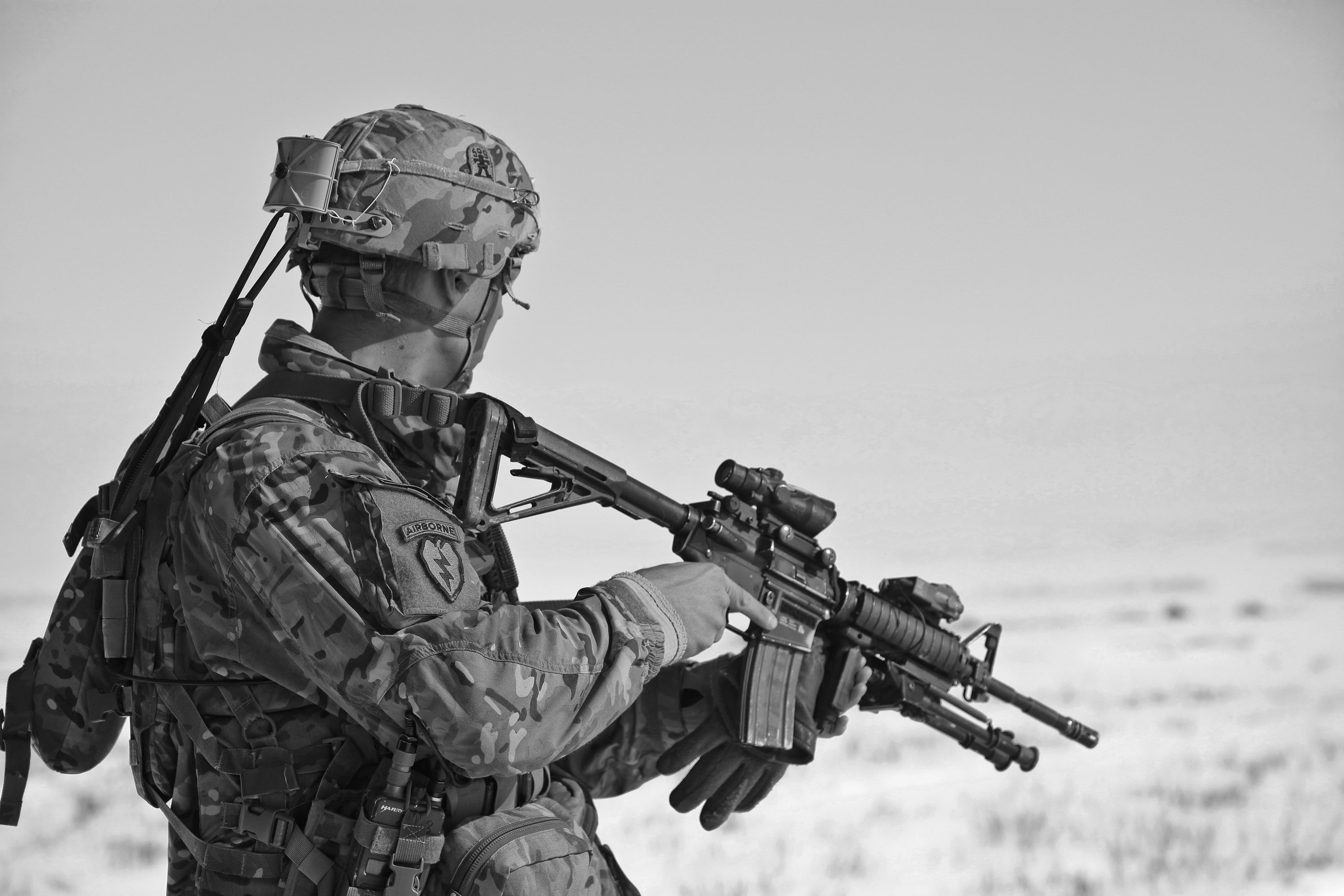By Wes O'Donnell - Veteran U.S. Army & U.S. Air Force.
Featured Image by by Caleb Fisher on Unsplash
The U.S. Department of Veterans Affairs (VA) will receive a nearly 12% increase in total funding for fiscal year 2021 set at $243 billion, up $26 billion from FY 2020 levels. That’s “walking-around money” as my grandpa used to say or, in other words, no small amount of cash.
But what does the VA spend it on?
Veterans’ advocate firm and veteran disability rights attorneys Hill & Ponton recently conducted a study of VA spending and put together some phenomenal visualizations.
VA categorizes its spending into sections like general operating expenses, education, medical care and disability compensation, among others.

According to FY2019 expenditures, nearly half of the VA budget was earmarked for veterans’ compensation for service-connected disabilities, dependency and indemnity compensation (DIC) for service-related deaths, pensions for nonservice-related disabilities, burials and other benefits to veterans and their survivors.
The second largest expenditure was on medical care. The medical benefits veterans receive depend entirely on the percentage of service-connected disability and is segregated into priority groups.
Some VA medical care varies among states. For instance, South Dakota spends the most on veterans’ healthcare, compared to Virginia, which spends the least.

But how many veterans living in a particular state are using the VA for their healthcare needs? This is the percentage of veterans who are using VA as their medical provider.

Shockingly, about 25% of uninsured vets don’t know they’re eligible for VA health benefits, according to the U.S. Census Bureau.
The new FY 2021 budget includes $109.5 billion in discretionary funding and resources for health care, benefits and national cemeteries.
Some congressional critics have argued that VA spending is increasing too fast.
According to Leo Shane III writing for Military Times, “The VA budget has soared nearly five-fold in the past 20 years. In fiscal 2001, the VA budget totaled $45 billion. Ten years ago, it was about $125 billion, a little more than half of the House-passed plan for fiscal 2021.”
This seems to be a direct reflection of the department’s response to the Global War on Terror and its need to take care of the approximately 4.2 million post-9/11 veterans.
Clearly, the largest share of VA’s budget goes to support healthcare and disability compensation, but there are other important programs, like education. In March of 2019, the VA reported that it had spent about $10.7 billion on the 700,000 beneficiaries of the Post-9/11 GI Bill for education; a proverbial drop in the bucket compared to the VA’s overall expenditures.
An amount similar to education, $10.3 billion, was set aside for mental health programs. For its part, the VA gets high marks among veterans for the quality of its mental health care; specifically, the VA’s excellent adoption of telehealth and medication-assisted addiction treatment programs like Buprenorphine clinics.
If spent responsibly, the VA’s increased budget for FY2021 is a positive use of taxpayer money, especially compared with some of the ridiculously wasteful things our government spends money on.
Taking care of our nation’s veterans is a responsibility that we all share as Americans. As long as the VA continues to invest in programs that help vets realize success and quality of life post-military, the department should have our full support.
This article was appeared originally at AMUEdge.com.





Leave a comment
This site is protected by hCaptcha and the hCaptcha Privacy Policy and Terms of Service apply.